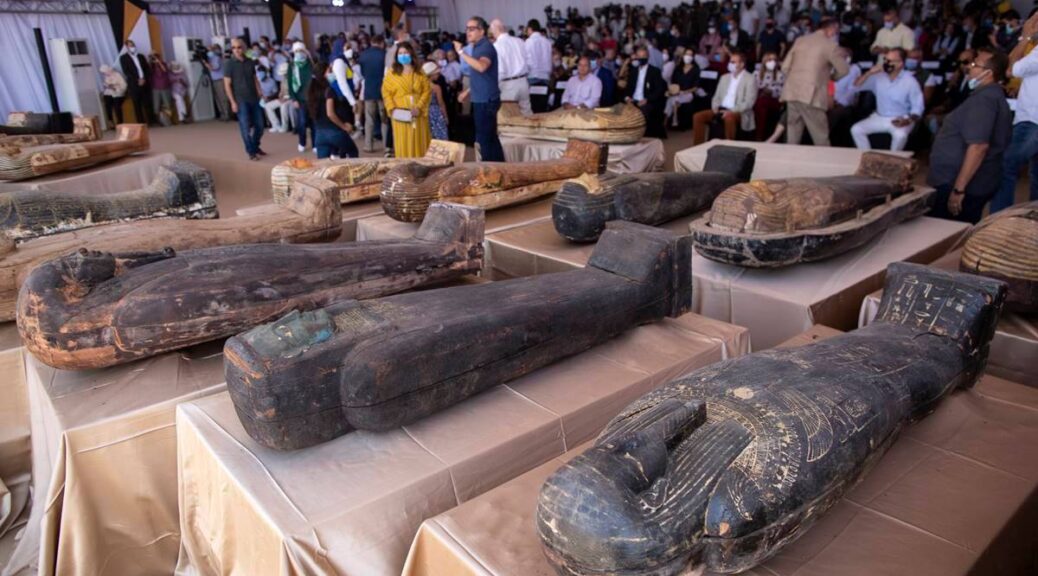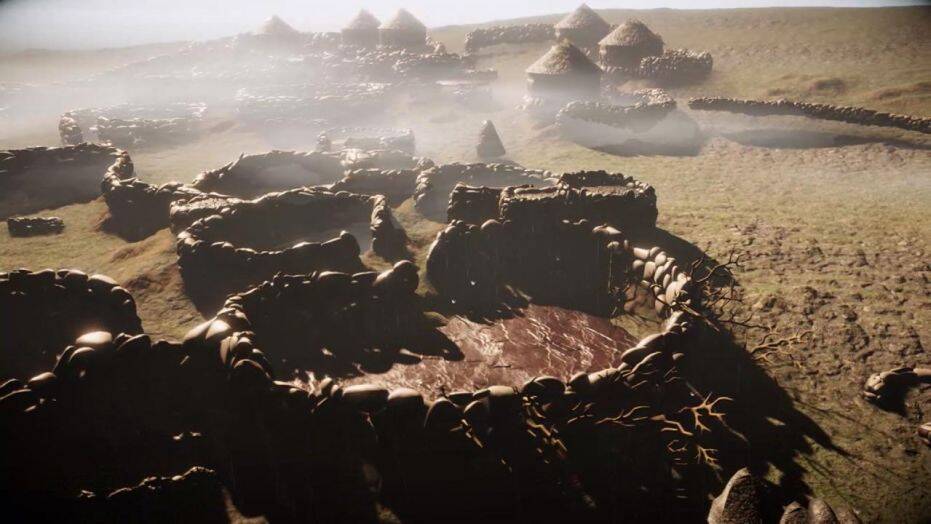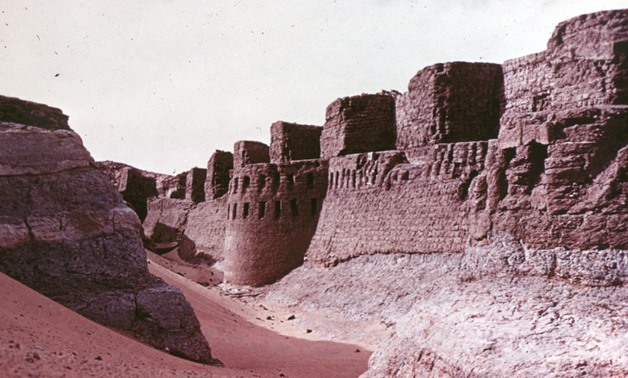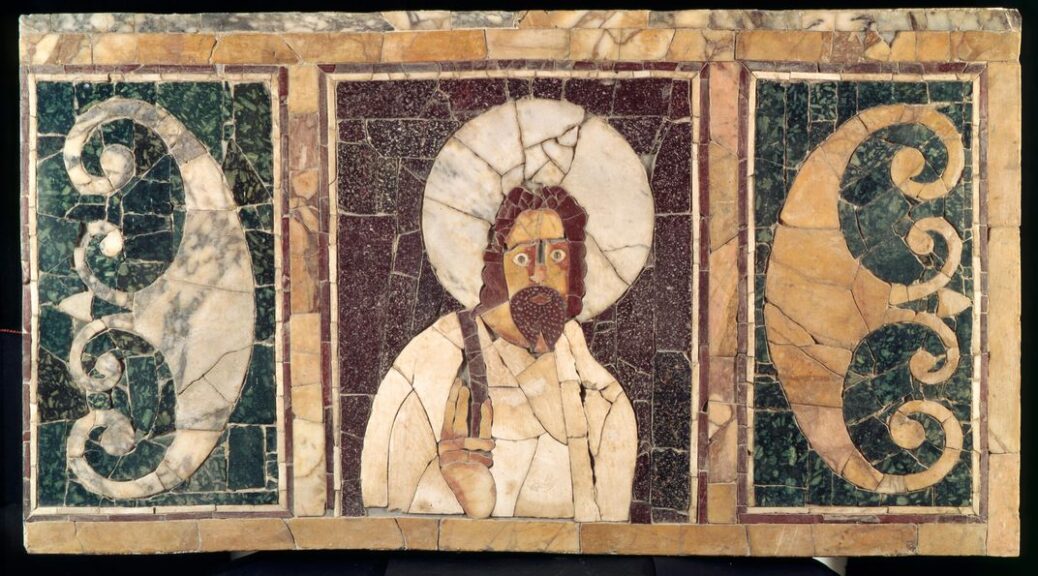2,500-Year-Old Bronze Statue Found at Saqqara
Mostafa Waziri of the Supreme Council of Antiquities announced the discovery of several statues, including a 14-inch-tall bronze figure of the god Nefertum, lying beside intact, painted wooden coffins in a deep burial shaft in the Saqqara necropolis, according to an Ahram Online report.
God Nefertum statue is inlaid with valuable precious stones red agate, turquoise, and lapis lazuli. It is 35 centimeters tall and the name of its owner Badi Amunis engraved on its base. Badi Amun is from the 26th Dynasty.
The mission uncovered as well a number of intact wooden coffins. Waziri said that the newly discovered bronze statue of the god Nefertum was found lying beside the 26th Dynasty coffins.

The secretary-general of the Supreme Council of Antiquities said that the Nefertum statue is one of several statues that the mission discovered while performing the excavation work inside an 11 meter-deep burial shaft.
Egypt’s Ministry of Tourism and Antiquities revealed that it will announce more details about Saqqara’s discoveries on Saturday.
On September 6, Egypt’s Ministry of Tourism and Antiquities announced that more than 13 intact and sealed coffins were discovered in Saqqara, which is considered a massive discovery. The discovered coffins were found inside an 11-meter deep shaft, where three sealed niches were also found.
“An indescribable feeling every time we witness a new archaeological discovery, especially when it is an 11-meter-deep shaft encompassing a number of sealed pharaonic human coffins.
A wonderful feeling that we are revealing a new secret of our great civilization… Stay tuned for the announcement of a new discovery in Saqqara! A big thank you to all my colleagues in the ministry for their efforts and dedication,” Minister of Tourism and Antiquities Khaled al-Anany said on September 6.
Waziri announced that the names of the coffin owners have not yet been discovered, but will be revealed in the upcoming days as the excavation work continues.
The first studies revealed that the newly uncovered coffins are sealed and have not been opened since they were buried in the shaft and that most probably they were found in the same location.
On September 18, a group of 14 intact wooden coffins was discovered four days ago in a burial shaft. The newly uncovered burial shaft was found next to the shaft that was revealed last week and housed 13 coffins in Saqqara Necropolis.
The total number of intact coffins in the area has now reached 27; the coffins are 2,500 years old and still keep some of their original colours. The discovery was made by the Egyptian archaeological mission headed by Waziri.
It is worth mentioning that the Saqqara discovery houses the largest number of coffins in one burial since the discovery of the Al-Asasif cachette.
On April 18, the Egyptian Ministry of Tourism & Antiquities announced via the internet a new archaeological discovery in Saqqara Necropolis.
Minister of Tourism and Antiquities Khaled el-Anani uploaded a set of photos of him with excavation workers in Saqqara on his official account on Instagram.
The discovery was a burial well leading to a room containing a large collection of statues, pottery, and Ushabtis, in addition to a sarcophagus. This well was located next to the Wahty Tomb, which was discovered in November 2019 in the sacred cemetery of animals.
The statement of the Ministry of Tourism & Antiquities confirmed that work began in this promising region in April 2018, indicating that work is still underway.
The discovery was located at the site of the necropolis of sacred animals and birds in Saqqara, in which, during the past 2 years, many archaeological discoveries were made by the personnel of the Supreme Council of Antiquities.

































